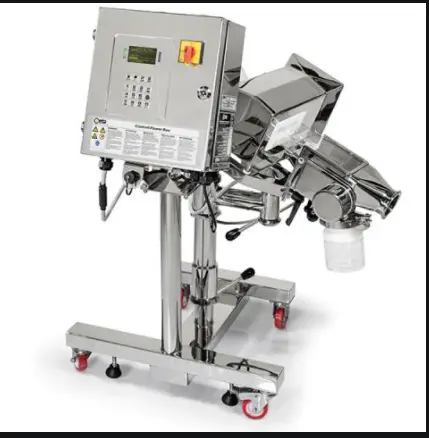Human interventions in aseptic processing
It is appropriate to focus on human interventions performed during aseptic processing because no other factor has the same potential for introducing contamination. Sterilization processes, environmental sanitization, room design, and heating and ventilation systems are all substantially less significant as sources of contamination. Personnel continuously shed microorganisms and particles to their surroundings and gowning materials cannot contain the millions of organisms present on human skin. The proximity of personnel and thus substantial numbers of potentially contaminating microorganisms to sterile materials,components, and surfaces during the performance of interventions is largely unavoidable in staffed clean rooms.
Routine and non-routine interventions.
Interventions in aseptic processing operations fall into two main categories: routine and non-routine. Routine interventions are activities that are inherent parts of the aseptic process and integral parts of every batch.
Typical routine interventions include:
• aseptic assembly of the equipment before use;
• initial product connection or introduction;
• start-up component supply or introduction;
• initial fill weight or volume adjustment;
• periodic component replenishment;
• periodic fill weight or volume checking and verification;
• fill weight or volume adjustment;
• environmental monitoring;
• operator breaks and meals;
• operator shift changes;
• product sampling;
• filter integrity testing;
• product container replacement;
• component change (different sizes);
• fill-volume change;
• any other interventional activity which is an integral part of the process.
Non-routine interventions
are activities that are predominantly corrective and may not be a part of every batch. Although in theory, non-routine interventions may not be necessary during the aseptic process, in practice such interventions are almost always required to correct some anomaly. Some common non-routine interventions involve:
• stopper misfeeds or clumping;
• fallen, broken, or jammed containers;
• defective seals on containers;
• product spillage or leakage;
• product filter change;
• sensor adjustments or replacement;
• filling needle replacement;
• fill-pump replacement;
• stopper bowl changes;
• timing adjustments;
• conveyor or guide rail adjustments;
• any other line malfunction requiring manual correction.
For More Pharma Updates Visit –https://pharmaguidances.com
Reference: Managing Aseptic Interventions (James Agalloco)

